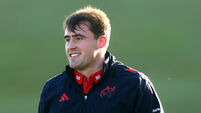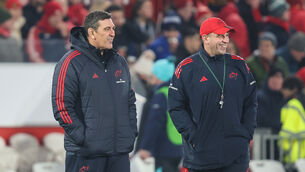Even Cheika and company gripped by World Cup fever

Yet, as the Socceroos kicked off their World Cup group game against Denmark there was the distinct feeling that what was about to unfold in the Russian sunshine over Samara did mean an awful lot to a considerable number of people.
According to the Australian Sports Commission and its annual AusPlay survey on sports participation, more than 1.1 million Australians are playing club football, making it the number one club sport for both adults and children in a country of 24m people.











